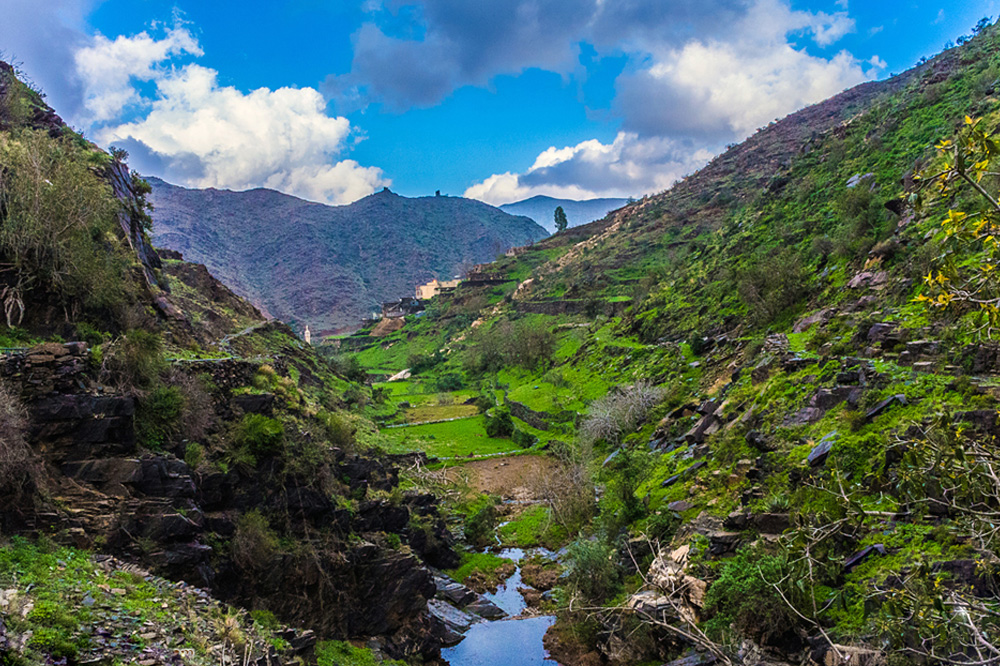
In the heart of Saudi Arabia’s stunning Baha region is one of the most beautiful tourist attractions in the Kingdom: Shada Mountain. There are actually two mountains that comprise Shada, one named Shada al Asfal and Shada al ‘Ala. Shada al ‘Ala (which is the higher one), both spectacular sights that loom over the horizon as you approach their base. According to various sites, Shada mountain is also home to striking caves and grottoes engraved with drawings and inscriptions that date back more than 3,000 years.
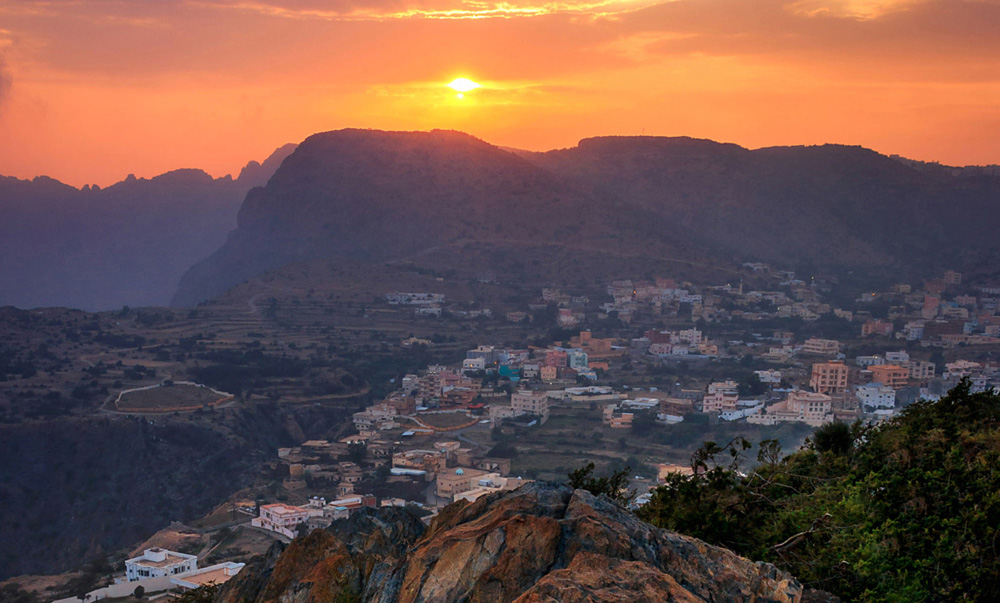
This mountain region, set in the heart of Baha’s stunning granite landscape, and the small town around it called Al Makhwah are known for coffee plantations, as well as for being a region that produces the most expensive honey in Saudi Arabia.
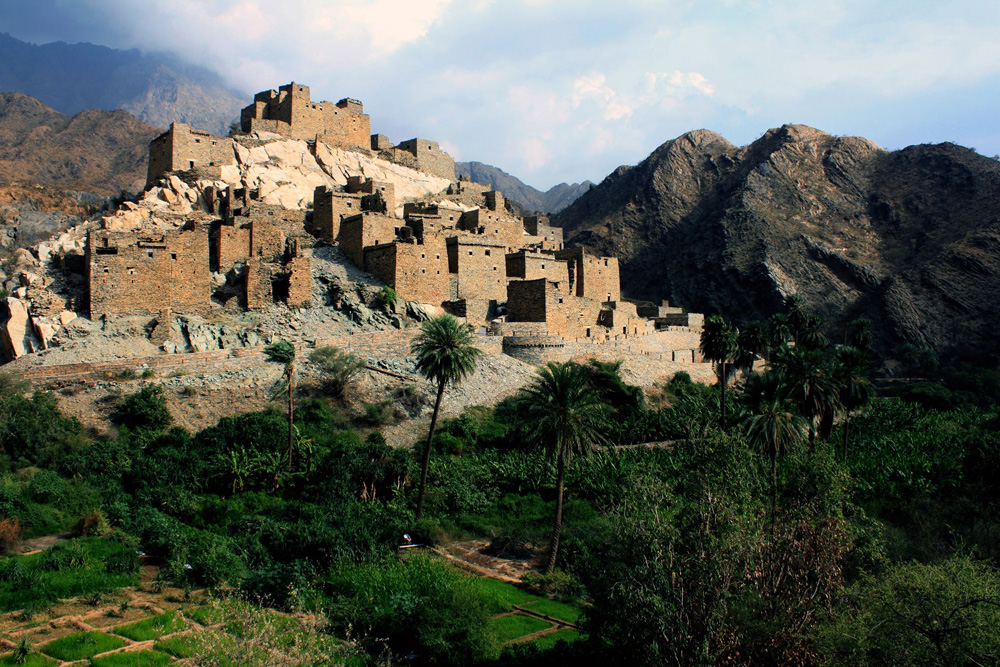
According the country’s tourism site, Baha is one of the top go-to destinations for mountain lovers in Saudi Arabia as Shaba offers a myriad of surfaces and environments that suit all sporting activities, from walking and hiking, to mountain climbing and mountain biking.
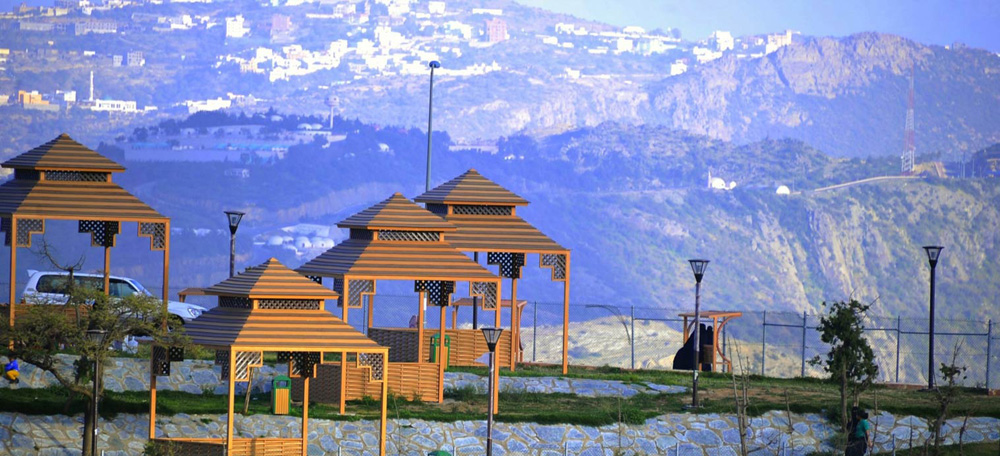
In fact, Shada Mountain is the highest summit in the Al Makhwah – 2,300 meters high – and its soaring peak has always provided protection to the several villages below. In addition, its rare, rocky formations attract climbers of every skill, and its terrain makes for great camping and picnicking.
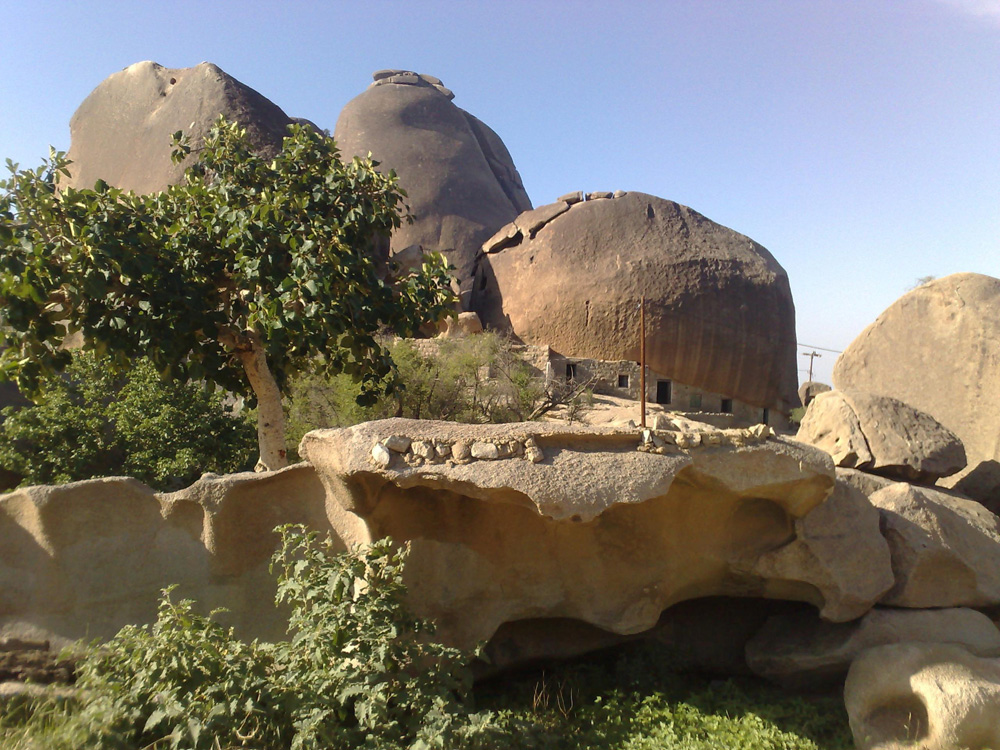
Baha province is locally known as the Land of 1001 Watch Towers and it’s easy to see why: there are towers at different levels of ruin on every hill, a stunning sight to see firsthand.
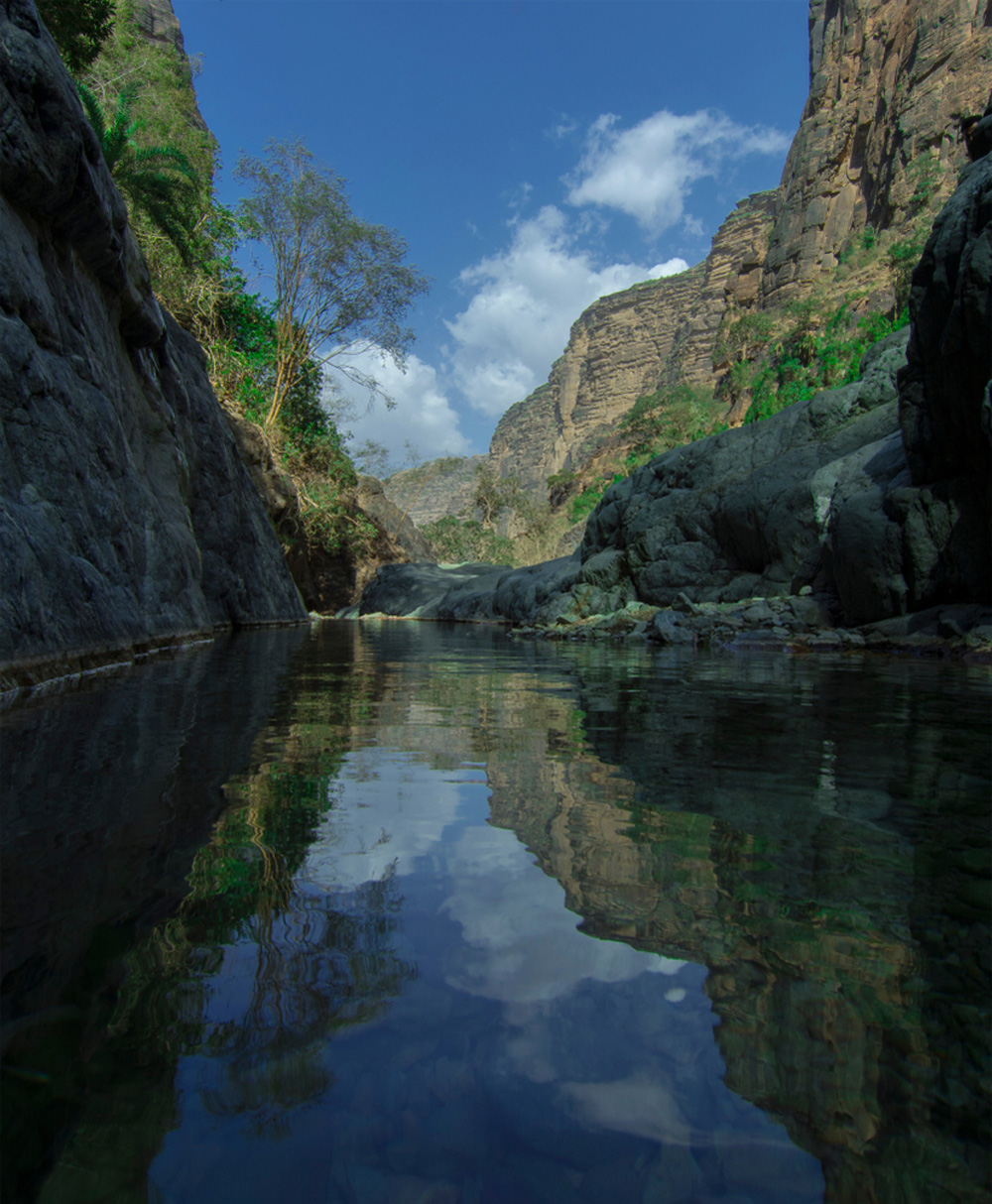
A few years ago, antiquities specialist, Ahmad Al-Ghamdi, highlighted the importance of the Baha region and specifically Shaba mountain in an article by Saudi Gazette, saying, “Many of these caves have very rare old drawings and carvings that date back between 2,000 and 6,000 B.C. The mountain has never been abandoned by residents and current residents are of Zahran and Ghamid tribes. High mountains in Al-Baha area experience snowfall during the winter season, resulting in creeks and small lakes that have contributed to the dense plantations and wild animals.”

















